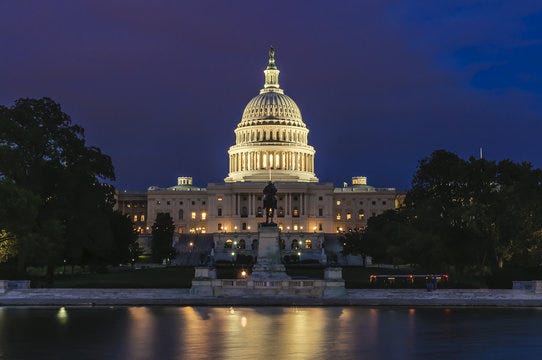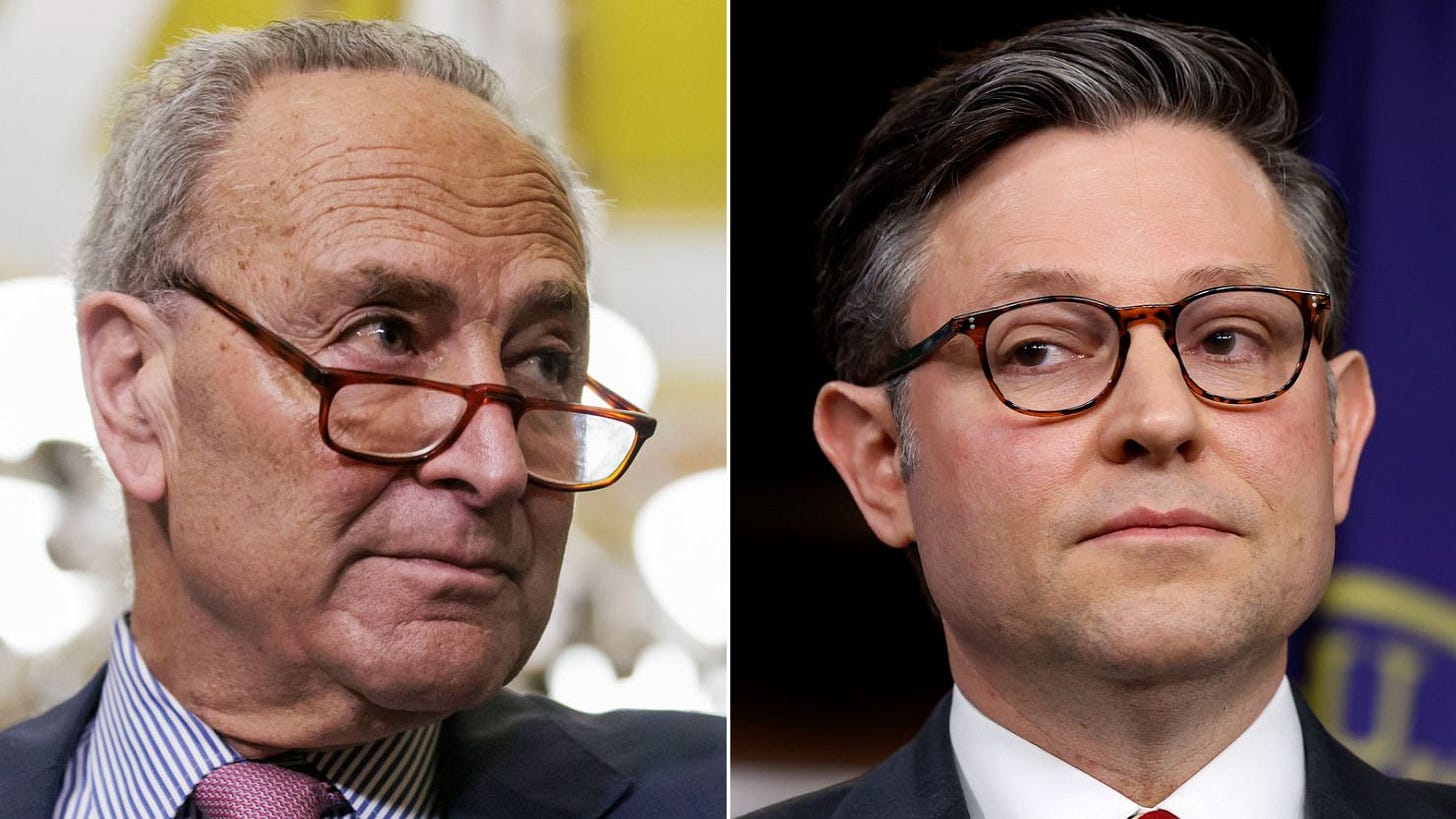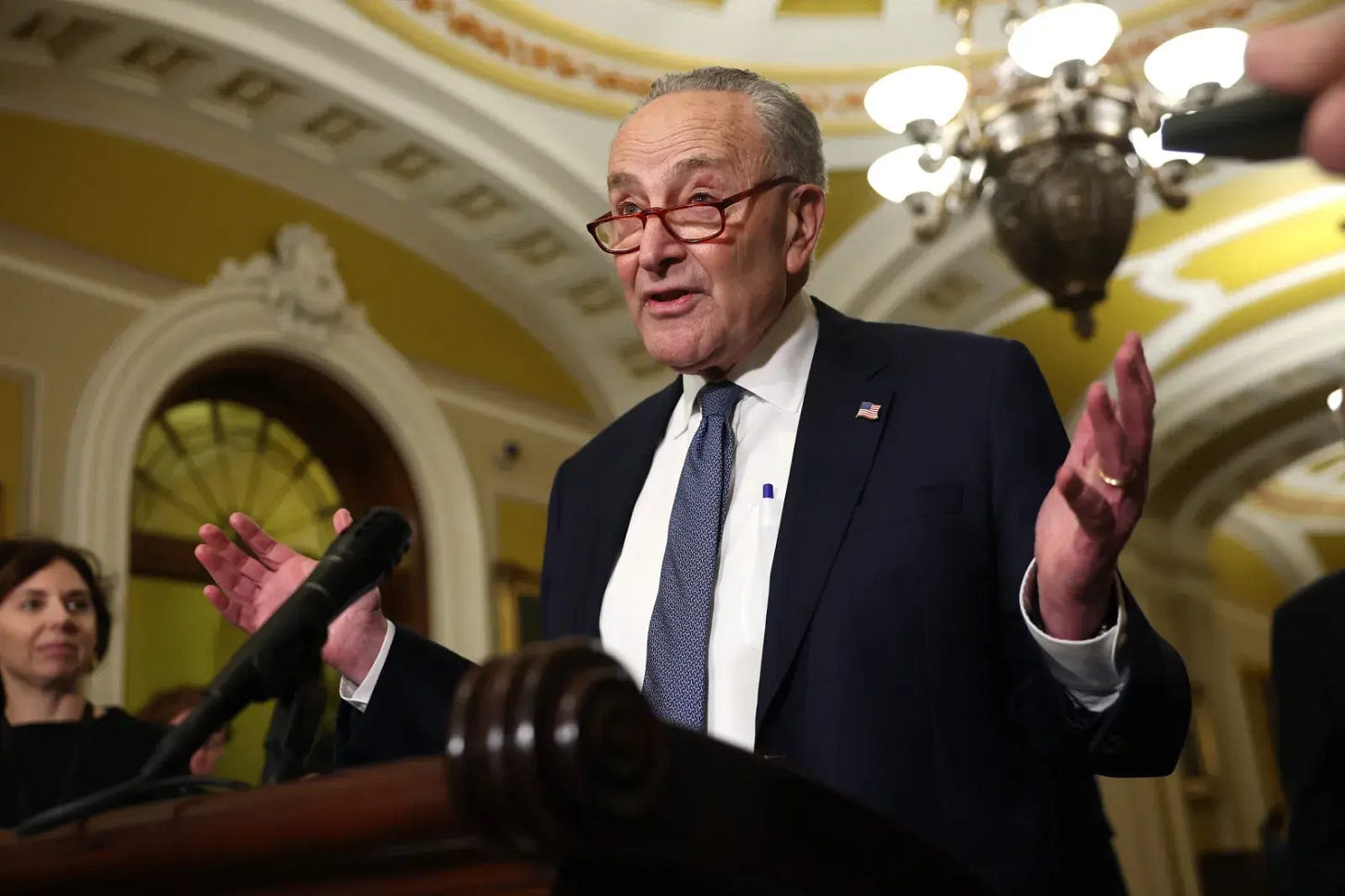Messaging in a Shutdown
How Politicians Shape the Story
At 12:01 a.m. on October 1, 2025, the federal government shut down. Thousands of workers were furloughed. Airport delays piled up. National parks closed. White House and Capitol tours canceled.
As a student studying political communication and journalism, I’ve spent the last year and a half watching how elected officials talk during moments like this. What they say, how they say it, and how the public reacts. To me, this shutdown feels like a real-life case study.
I’m not someone working in a senator’s office or writing their public statements. I’m just a college student trying to figure out how messaging works when the stakes are high and patience is thin. The way I see it, the fight isn’t really about budgets or bills. What really matters is who gets to shape the story and control the narrative.
The Narrative
House Speaker Mike Johnson (R-LA) has spent most of the shutdown pushing one message: the House did its job, and it’s the Senate’s fault the government is closed. He’s calm when he says it, almost like he’s rehearsed it, knowing that cable news will pick it up and run the clips.
“It would do us no good to pass another CR out of the House because it will meet the same fate,” Johnson told reporters. “Chuck Schumer and the Senate Democrats want to close the government down.”
It’s short and easy to repeat, which makes it effective for people who already agree with him. But when I listen to it, it sounds like someone trying to win a messaging war.
Senate Minority Leader Chuck Schumer (D-NY) has taken a different approach, one that’s more dramatic and emotional.
“Donald Trump is causing the shutdown,” Schumer said. “He is using the American people as pawns, threatening pain on the country as blackmail.”
This kind of quote feels written for the evening news. Direct, dramatic, and meant to touch the emotions of the public.
Both of them are trying to frame the same event in completely different ways. Johnson wants to sound steady and in control. Schumer wants to sound human and frustrated. And in the middle of it all are millions of Americans just trying to get through the week without missing a paycheck.
When you’re studying this stuff, professors often mention “framing theory.” It’s the idea that whoever defines the story first usually controls how people see it. Watching this play out in real time makes that concept click. Listening to these statements, it feels like everyone’s trying to change public opinion, but not many are actually succeeding.
What I’m Learning
What I’m learning from all of this is that political communication isn’t just about what gets said. It’s about timing, tone, and how something sounds to people who aren’t paying close attention. The first headline, the first quote, and the first clip on social media are usually the ones that stick the longest.
In class, it’s easy to talk about theory. You learn terms like “message discipline” and “agenda setting,” but when you watch it unfold in real life, it feels a lot messier. Real people are stressed without paychecks, and politicians are performing for cameras while trying not to look like they are.
This shutdown has made me think a lot about credibility. You can have the best talking points in the world, but if the public doesn’t believe you mean what you’re saying, it doesn’t matter. The more I study this, the more I see that communication and trust are basically the same thing.
I don’t have a polished takeaway yet. I’m still figuring out what makes a message land and what makes it fall flat. But watching all of this as a student has made one thing clear to me: in politics, how something is said often matters just as much as what’s being said.
Brandon Doggett is a political communication and journalism student writing about media, messaging, and power.




